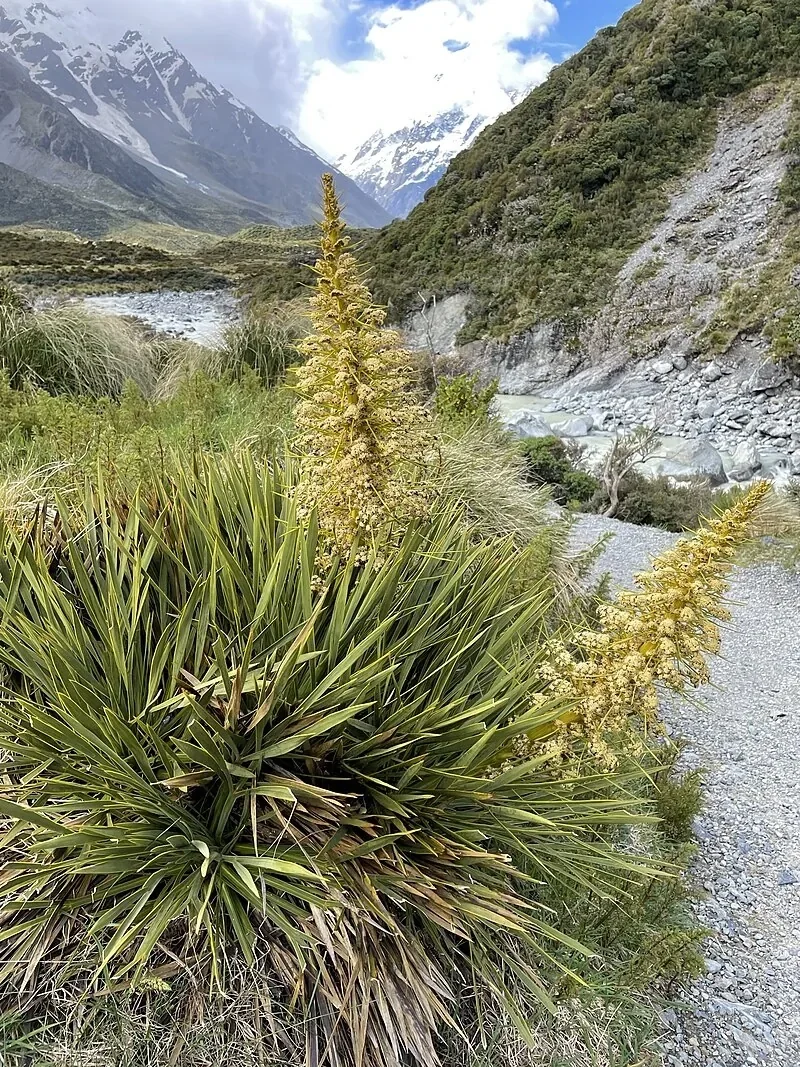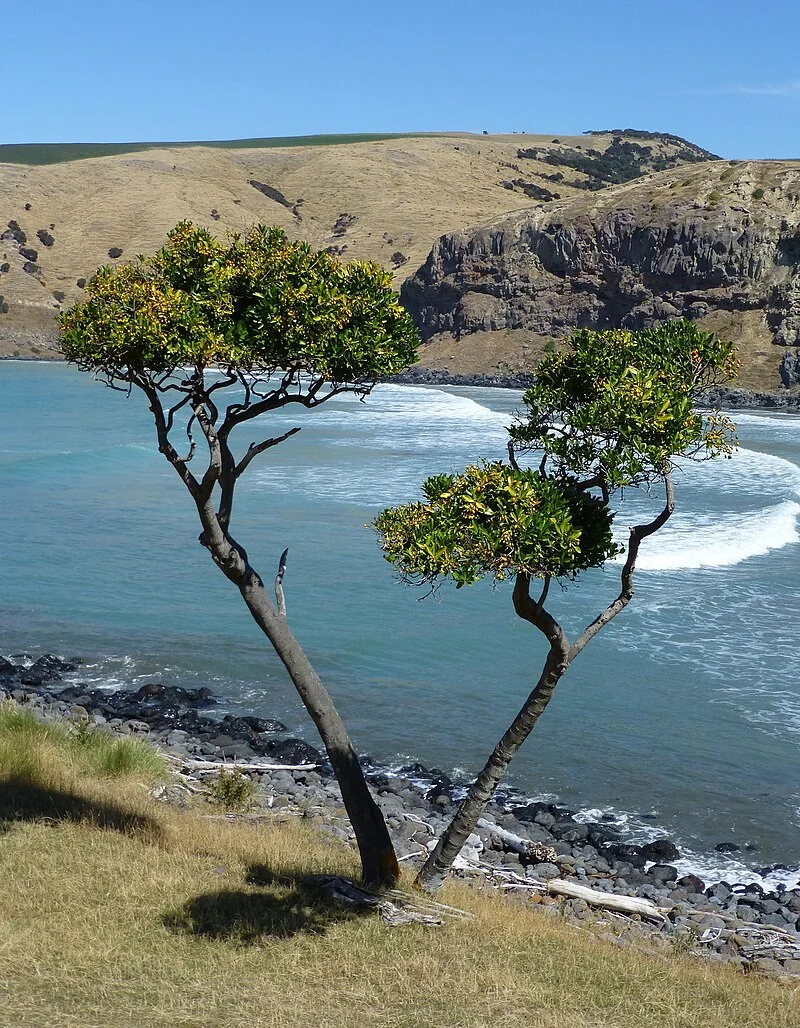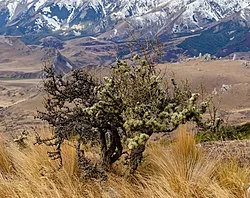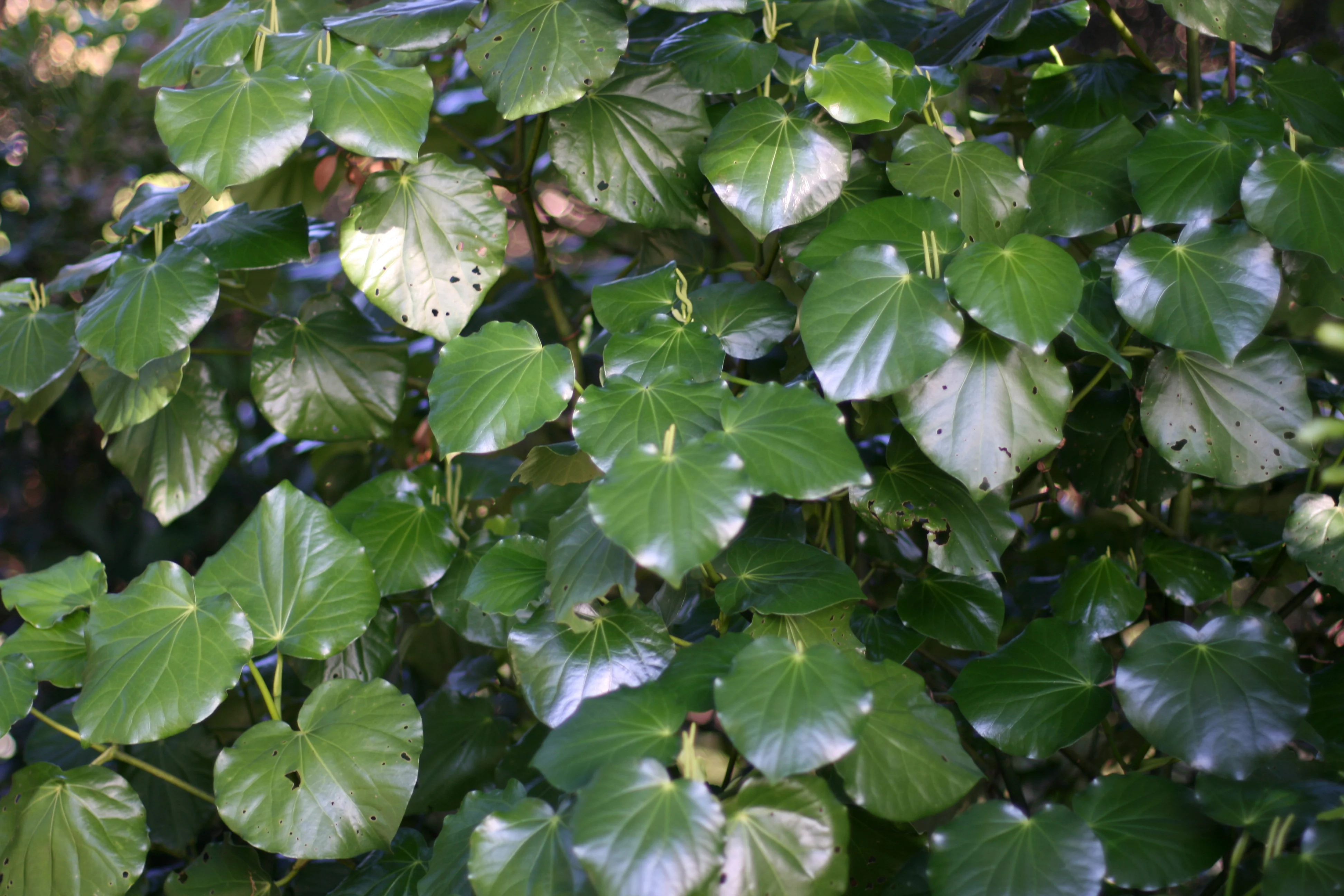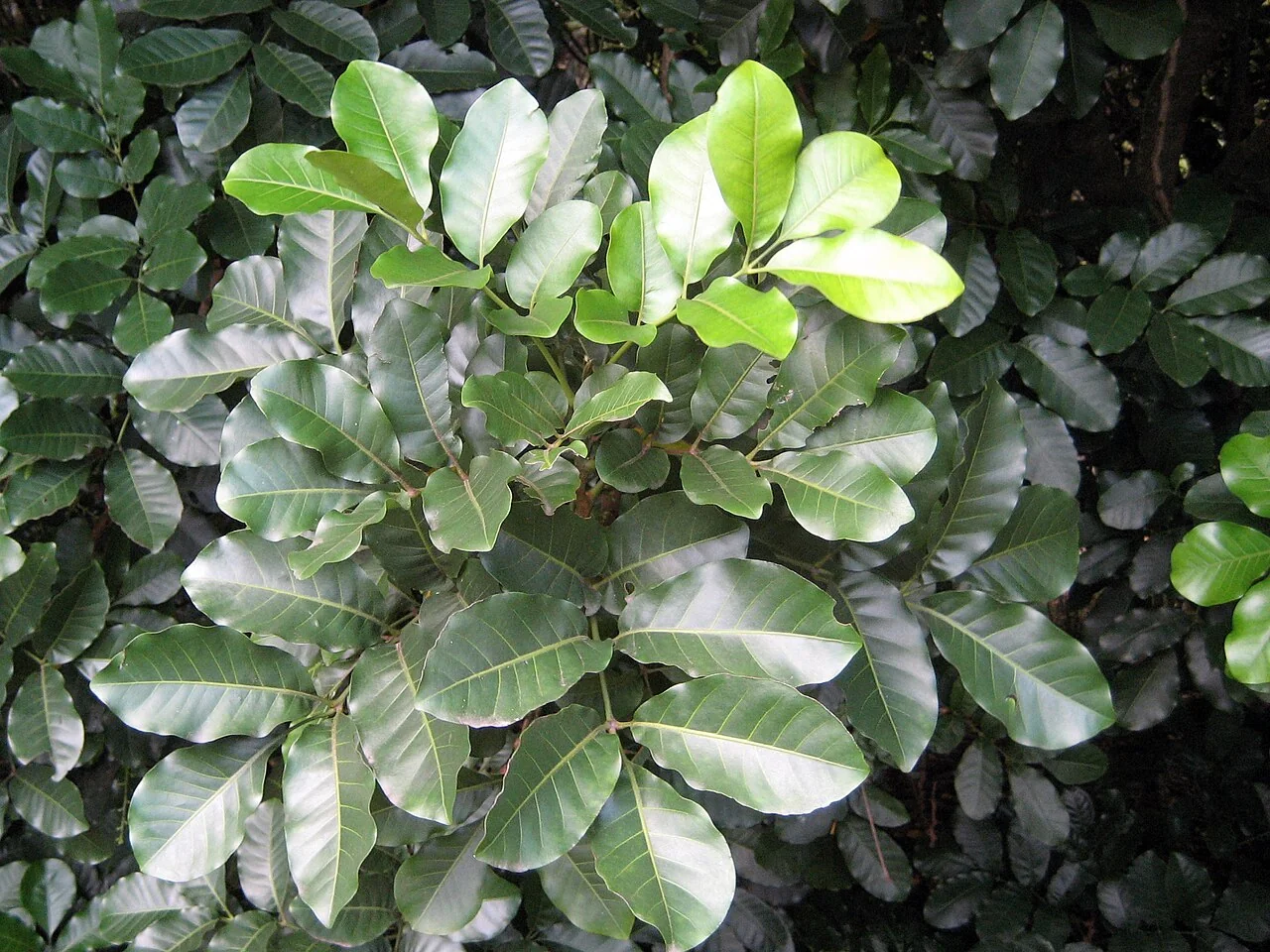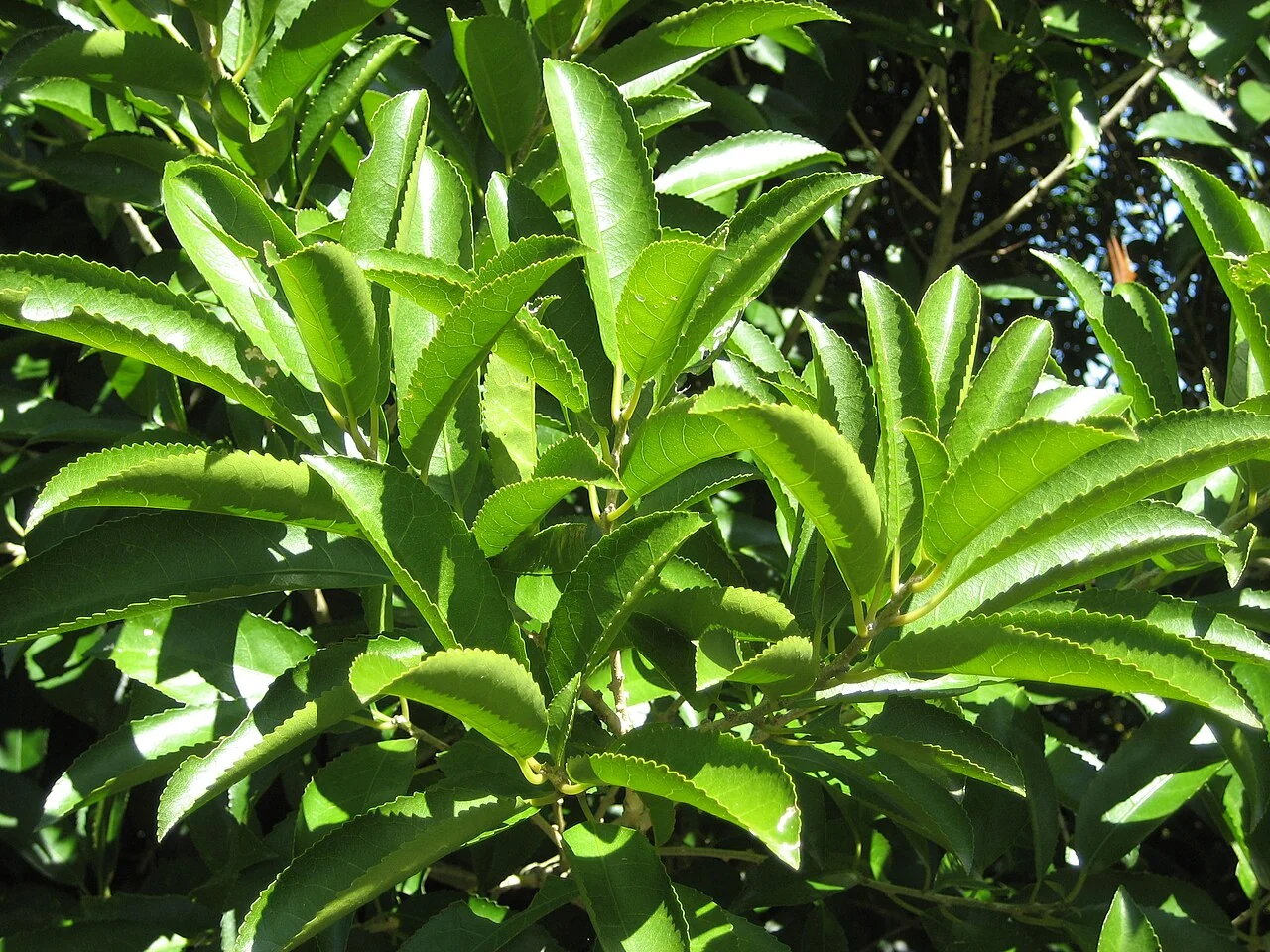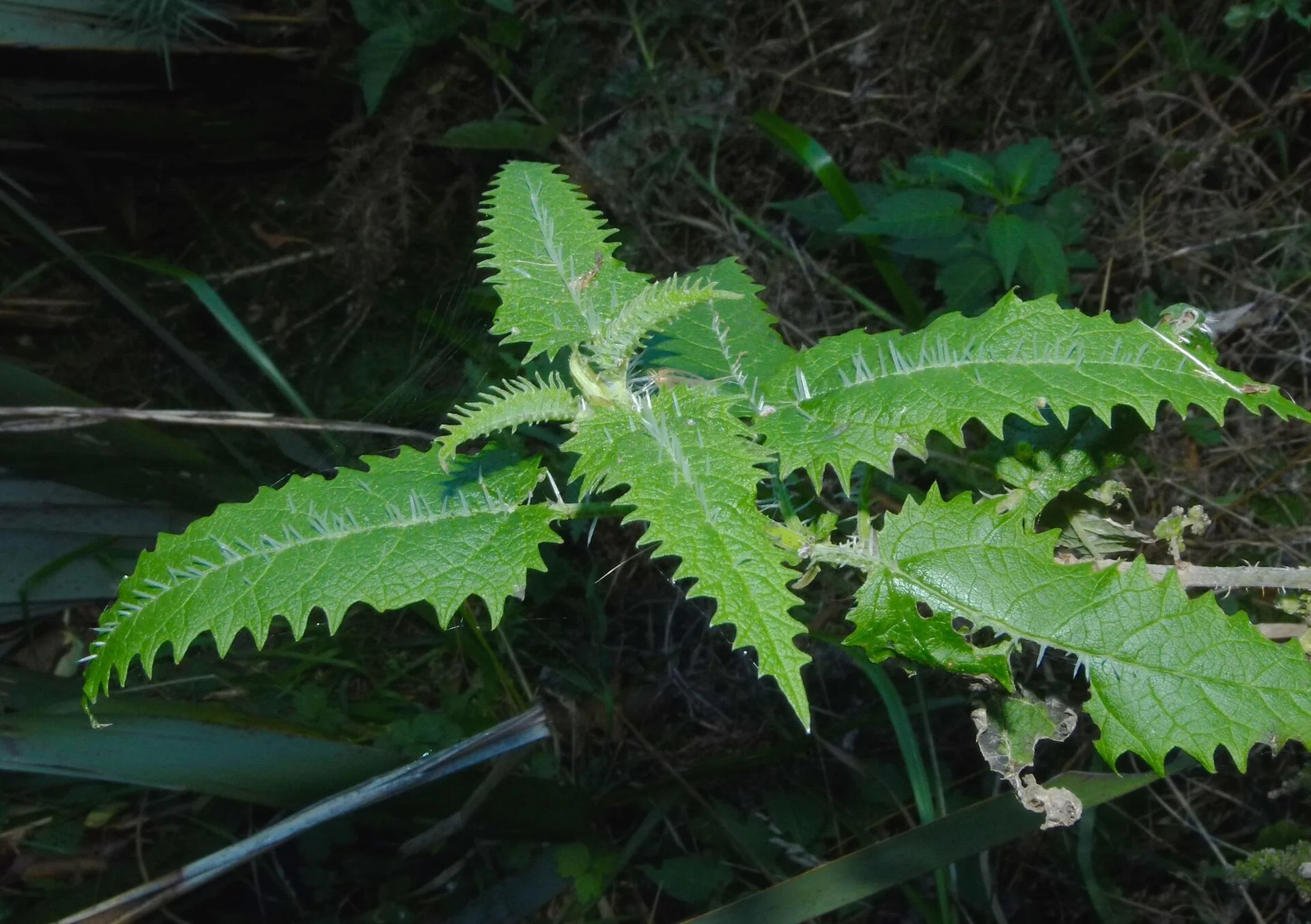
Tree Nettle
Urtica ferox
The tree nettle (scientific name: Urtica ferox), known in Māori as ongaonga, is one of New Zealand's most formidable native plants. Unlike typical herbaceous nettles, this remarkable species grows as a large woody shrub reaching up to 3 metres in height, armed with potent stinging hairs that deliver one of nature's most painful experiences. Despite its fearsome reputation, ongaonga plays crucial ecological roles as the primary food source for New Zealand's admiral butterflies and holds significant cultural importance in traditional Māori practices. This comprehensive guide explores the fascinating world of New Zealand's most notorious native shrub while emphasizing essential safety considerations.

Plant Description
Urtica ferox is an extraordinary native shrub that stands apart from other New Zealand plants both in appearance and defensive capability. Growing up to 3 metres tall with a stem base that can reach 12 cm in thickness, this woody nettle possesses a formidable presence in New Zealand's forest margins and shrublands.
The plant's most distinctive feature is its pale green, membrane-thin leaves that measure 8-12 cm in length and 3-5 cm in width. These oppositely arranged leaves display an ovate-triangular shape with deeply serrated margins, each serration tipped with a spine. The entire leaf surface, stems, and stalks are densely covered with stiff stinging hairs that can extend up to 6 mm in length, making this one of the most well-defended plants in New Zealand's flora.
The plant exhibits remarkable seasonal adaptability - it is winter deciduous in cold climates, evergreen in mild conditions, and can shed its leaves during drought periods when growing in shallow soils. This deciduous characteristic is unusual among New Zealand's native shrubs, demonstrating the species' sophisticated adaptation to varying environmental conditions.
Quick Facts
| Scientific Name | Urtica ferox |
|---|---|
| Height | Up to 3m |
| Spread | 1-2m |
| Water Needs | Moderate to high |
| Light | Full sun to part shade |
| Frost Tolerance | Hardy to -8°C |
| Salt Tolerance | Low |
| Growth Rate | Fast |
| Lifespan | Medium to long-lived |
Climate Best Suited to
Tree nettle - ongaonga (Urtica ferox) thrives in temperate climates and is specifically adapted to the humid conditions found throughout New Zealand's forested regions. The species demonstrates remarkable cold tolerance, capable of withstanding temperatures as low as -8°C, making it suitable for cultivation in most of New Zealand except the most extreme alpine environments. Its natural distribution from coastal areas to 600 metres elevation indicates broad climatic adaptability.
Regional Suitability
| City | Climate Suitability |
|---|---|
| Whangārei | Ideal |
| Auckland | Ideal |
| Hamilton | Ideal |
| Tauranga | Ideal |
| Rotorua | Ideal |
| Gisborne | Ideal |
| New Plymouth | Ideal |
| Napier | Ideal |
| Whanganui | Ideal |
| Palmerston North | Ideal |
| Wellington | Ideal |
| Nelson | Ideal |
| Christchurch | Ideal |
| Dunedin | Good |
| Invercargill | Moderate |
Plant Habitat
In its natural environment, Urtica ferox inhabits coastal and lowland forest margins and shrublands throughout both the North and South Islands, with its southern limit reaching Otago. The species thrives in forest clearings and margins where it can access both sunlight and the rich, nutrient-dense soils characteristic of New Zealand's native forest ecosystems.
The plant requires high nutrient levels typical of cycling forest systems, particularly benefiting from the rich leaf litter and humus layers that can extend 10-80 cm deep in mature forest environments. As a fast-growing opportunistic species, ongaonga readily colonizes areas disturbed by natural events such as tree falls, landslides, and floods, often forming extensive patches in suitable locations.
Urtica ferox demonstrates remarkable ecological adaptability, growing from sea level to 600 metres elevation across diverse habitats. While it prefers the shelter and nutrient richness of forest margins, it can establish in more exposed locations provided adequate moisture and soil fertility are available. This adaptability has enabled the species to maintain stable populations across its range despite ongoing habitat modifications.
Plant Conservation
Urtica ferox currently holds a conservation status of "Not Threatened" according to the 2017 New Zealand Threat Classification assessments, indicating stable populations across its native range. However, like many forest-margin species, ongaonga faces ongoing pressures from habitat modification, particularly the conversion of native forest to pastoral land and urban development.
The species' requirement for rich, fertile soils and forest ecosystem connectivity makes it vulnerable to habitat fragmentation. While individual plants may persist in modified landscapes, the ecological relationships that define healthy ongaonga populations - including connections with native butterfly species and forest nutrient cycles - require intact or restored forest ecosystems.
Conservation efforts focus on maintaining forest connectivity and protecting remaining forest margins where ongaonga naturally occurs. The species benefits from broader native forest conservation initiatives and ecological restoration projects that recreate suitable habitat conditions. Its role as a keystone species for admiral butterflies adds additional conservation value to protecting ongaonga populations and their associated habitats.
Growing Requirements
Soil Requirements
Tree nettle - ongaonga (Urtica ferox) requires fertile, well-drained soils rich in organic matter and high in nitrogen content. The species performs best in deep, humus-rich soils similar to those found in mature forest systems, where decomposing organic matter provides continuous nutrient cycling. Good drainage is essential to prevent root rot, though the plant appreciates consistent soil moisture.
- Requires fertile soils with high organic content and nitrogen levels
- Thrives in deep, humus-rich soils similar to forest floor conditions
- Needs excellent drainage to prevent root rot
- Benefits from regular addition of compost or well-aged organic matter
- Cannot tolerate poor, sandy, or heavily compacted soils
Light Requirements
Urtica ferox demonstrates flexibility in light requirements, naturally growing in both full sun clearings and partial shade forest margins. The plant responds positively to good light levels, which promote vigorous growth and dense foliage development. In cultivation, it typically performs best with morning sun and some afternoon protection, particularly in hotter inland areas.
- Tolerates full sun to partial shade conditions
- Performs best with 6-8 hours of direct sunlight daily
- Benefits from morning sun with afternoon shade in hot climates
- Can adapt to dappled light conditions in forest settings
Water Requirements
Water requirements are moderate to high, reflecting the species' natural habitat in humid forest environments. Consistent soil moisture is essential for healthy growth, particularly during the active growing season. The plant cannot tolerate prolonged drought conditions and will shed leaves during water stress, though it recovers quickly when adequate moisture returns.
- Requires consistent soil moisture throughout the growing season
- Cannot tolerate drought conditions - will drop leaves during water stress
- Deep, regular watering preferred over frequent shallow watering
- Benefits from mulching to retain soil moisture
- Reduce watering frequency in winter when growth slows
Planting Guide
Safety Warning: Extreme caution must be exercised when handling Urtica ferox. Always wear thick gloves, long sleeves, and protective clothing. The stinging hairs can penetrate ordinary gardening gloves and clothing, causing severe, long-lasting pain. Consider professional handling for mature plants.
Select a planting location with rich, fertile soil and protection from strong winds. The site should receive good morning light but can benefit from some afternoon shade in hotter climates. Ensure adequate space for the plant's spreading growth habit, keeping in mind that mature plants form dense patches through natural spread.
Prepare the planting area by incorporating generous amounts of compost, well-aged animal manure, or leaf mould to replicate the rich forest soils the species requires. Plant at the same depth as in the container, water thoroughly, and apply a thick organic mulch around the base. Young plants establish relatively quickly but require consistent moisture during their first growing season.
Ecological Role
Urtica ferox plays a pivotal role in New Zealand's native ecosystems, serving as the exclusive host plant for two significant butterfly species: the Red Admiral (Vanessa gonerilla) and the Yellow Admiral (Vanessa itea). The larvae of these butterflies depend entirely on ongaonga leaves for survival, making this plant essential for maintaining healthy butterfly populations and supporting New Zealand's native biodiversity.
As a fast-growing pioneer species, ongaonga contributes to forest regeneration by quickly colonizing disturbed areas and providing shelter for slower-growing native species. Its extensive root system helps stabilize soil on slopes and in areas prone to erosion, while its seasonal leaf drop contributes significant organic matter to forest floor ecosystems.
The plant's flowering period from November to March provides nectar resources for native insects, while its seeds support bird populations. Despite its formidable defenses, ongaonga forms part of complex ecological relationships that demonstrate the interconnected nature of New Zealand's native forest systems, where even the most defensive plants play crucial supporting roles.
Uses & Significance
Garden Uses
Tree nettle - ongaonga (Urtica ferox) has limited but specific garden applications, primarily valued by native plant enthusiasts and butterfly gardeners. Its main horticultural use is as a host plant for admiral butterflies, making it valuable for creating habitat gardens that support native wildlife. The plant should only be grown by experienced gardeners who understand its dangerous properties.
- Essential host plant for Red and Yellow Admiral butterflies
- Suitable for wildlife habitat gardens and native plant collections
- Can be used in forest restoration projects
- Valuable for educational purposes about native plant defenses
- Requires secure fencing to prevent accidental contact
In Māori culture, ongaonga holds significant traditional importance both as a food source and medicinal plant. The inner stems were carefully prepared and consumed after removing the dangerous outer bark and leaves, with the inner bark reported to have a sweet taste. The plant also features prominently in traditional medicine and cultural narratives.
- Traditional Māori food source - inner stems and bark carefully prepared
- Important medicinal plant used with kawakawa for skin conditions
- Featured in Māori folklore, including stories about Kupe
- The word "ongaonga" describes anything annoying or irritating in Māori
- Represents the sophisticated understanding of dangerous plants in Māori culture
Ecological Value
The ecological value of Urtica ferox extends far beyond its role as a butterfly host plant. As a fast-growing pioneer species, ongaonga contributes to forest succession by rapidly colonizing disturbed areas and creating conditions suitable for slower-growing native species. Its presence indicates healthy forest ecosystem function and soil fertility.
- Exclusive host plant for New Zealand's admiral butterflies
- Pioneer species important for forest regeneration
- Contributes to soil stabilization and erosion control
- Provides shelter and habitat for various native species
- Indicates healthy forest soil fertility and ecosystem function
Landscaping Uses
Due to its extremely dangerous stinging properties, Urtica ferox has very limited landscaping applications and should never be planted in areas accessible to children or the general public. Its use is restricted to specialized native plant gardens, butterfly habitat projects, and educational collections where appropriate safety measures can be implemented.
When used in appropriate settings, ongaonga requires secure fencing or barriers to prevent accidental contact. It should be planted away from paths, seating areas, and recreational spaces. The plant is best suited to remote areas of large properties or institutional gardens where its ecological value can be appreciated while minimizing safety risks.
For butterfly enthusiasts and native ecosystem restoration projects, ongaonga represents an irreplaceable component of New Zealand's natural heritage. However, its cultivation requires serious commitment to safety protocols and ongoing management to prevent it from becoming a hazard to humans or domestic animals.
Seasonal Care Calendar
Spring
Spring marks the beginning of active growth for tree nettle - ongaonga (Urtica ferox). New leaves emerge rapidly as temperatures warm, and the plant begins its vigorous growing phase. This is an ideal time for planting new specimens, though extreme caution must be exercised during all handling operations.
- Rapid new leaf emergence and active growth begins
- Apply organic fertilizer or compost to support vigorous growth
- Best time for planting new specimens if handled with extreme care
- Monitor soil moisture as growth accelerates
- Check for admiral butterfly activity and egg laying
Summer
Summer is the peak season for tree nettle - ongaonga (Urtica ferox), with flowering occurring from November through March. This is when the plant is most dangerous due to maximum growth and sting potency. Regular watering becomes crucial during hot weather to prevent stress-induced leaf drop.
- Peak growing season with maximum foliage development
- Flowering occurs throughout summer (November-March)
- Stinging hairs at maximum potency - exercise extreme caution
- Maintain consistent soil moisture during hot weather
- Admiral butterfly larvae most active on foliage
Autumn
During autumn, tree nettle - ongaonga (Urtica ferox) continues flowering and seed production. The plant begins preparing for winter in colder regions, and seed collection can be undertaken by experienced handlers. Growth rate naturally slows as temperatures moderate and day length decreases.
- Continued flowering and seed development
- Seeds mature and can be collected for propagation
- Growth rate begins to slow as temperatures drop
- Begin reducing watering frequency
- Monitor for winter preparation in colder regions
Winter
Winter behavior varies by climate - in cold areas, tree nettle - ongaonga (Urtica ferox) becomes deciduous and drops its leaves, while in milder climates it remains evergreen. This dormant period requires minimal care, though plants should be monitored for cold damage in exposed locations.
- Deciduous in cold climates, evergreen in mild areas
- Minimal growth activity during winter months
- Significantly reduce watering but don't allow complete drying
- Monitor for cold damage in exposed locations
- Avoid disturbing dormant plants unnecessarily
When to Prune and How Much
Extreme Safety Warning: Pruning Urtica ferox is extremely hazardous and should only be attempted by experienced professionals with full protective equipment. The stinging hairs can cause severe, long-lasting pain and potentially serious medical complications. Consider whether pruning is absolutely necessary before attempting.
- Remove dead or diseased material only when absolutely necessary
- Wear full protective clothing including face protection and thick gloves
- Use long-handled tools to maintain maximum distance
- Best done during winter dormancy when sap levels are lower
- Dispose of pruned material safely - do not compost
- Consider professional removal rather than pruning for safety
If pruning is essential, use clean, sharp, long-handled tools to minimize contact risk. Make clean cuts to reduce wound area and potential for disease entry. Have emergency medical information readily available and consider having assistance nearby. Never attempt pruning alone or without proper protective equipment.
How to Grow Tree Nettle
From Seed
Safety Warning: All propagation activities require extreme caution and protective equipment. Propagating Urtica ferox from seed is the safest method but still requires careful handling of mature plants for seed collection. This species presents unique challenges for home propagation due to its dangerous nature.
Seeds should be collected only by experienced handlers wearing complete protective gear including thick gloves, long sleeves, face protection, and closed footwear. The collection process requires careful timing as seeds mature irregularly throughout the fruiting season.
- Collect ripe achenes (seeds) in late autumn when fully mature and dark brown
- Clean seeds carefully while wearing full protective equipment including face shield
- Sow immediately in high-quality, nutrient-rich seed-raising mix with excellent drainage
- Maintain consistent moisture and temperature around 15-20°C in controlled environment
- Germination typically occurs within 4-6 weeks but can be highly variable
- Provide bright, indirect light during germination phase to prevent damping off
- Transplant seedlings when large enough to handle safely, usually 8-10cm tall
- Expect germination rates around 59% based on research studies
- Use specialized tools for handling even small seedlings as they develop stinging hairs early
Seeds can remain viable in soil for 5-15 years, forming natural seed banks that enable long-term population recovery. Handle all seedlings with protective equipment as they develop stinging hairs from a very early stage. Success rates improve significantly with temperature control and consistent moisture management during the critical first 8 weeks.
Natural Propagation
Urtica ferox spreads naturally through wind-dispersed seeds and can form extensive colonies in suitable habitat. The plant readily self-seeds in favorable conditions.
- Allow plants to flower and set seed naturally
- Seeds are dispersed by wind and rolling action
- Natural germination occurs throughout winter and spring
- New seedlings typically appear around parent plants
- Monitor spread to prevent unwanted colonization
Safety Considerations
Given the extreme danger posed by this plant, propagation should only be undertaken by experienced botanists, researchers, or very experienced native plant specialists with proper safety training and equipment. Consider whether cultivation is truly necessary given the significant safety risks involved. Professional consultation is strongly recommended before attempting any propagation activities.
Pests & Diseases
Tree nettle - ongaonga (Urtica ferox) is remarkably resistant to pests and diseases, largely due to its potent natural defenses. The stinging hairs effectively deter most herbivorous insects and mammals, while the plant's robust constitution makes it generally disease-resistant when grown in suitable conditions.
The most common issues arise from environmental stress rather than pest attack. Waterlogged soils can lead to root rot, while nutrient deficiency may result in poor growth and increased vulnerability to opportunistic problems. Drought stress causes premature leaf drop but plants typically recover quickly when adequate moisture returns.
Admiral butterfly larvae naturally feed on the leaves and should be considered beneficial rather than problematic. These caterpillars have evolved specifically to handle the plant's defenses and their presence indicates a healthy ecosystem. No pest control measures should be taken against these important native species.
Cultural Significance
Ongaonga (Urtica ferox) holds a unique and somewhat fearsome place in Māori culture and traditional knowledge. The name "ongaonga" itself is onomatopoeic, reflecting the burning sensation experienced when stung by this formidable plant. Despite its dangerous nature, ongaonga was used medicinally in rongoā Māori, with the leaves sometimes applied to relieve arthritis and rheumatic pain - the principle being that the stinging sensation could provide therapeutic relief. The plant also served as a powerful deterrent in traditional warfare and defence, sometimes planted around pā (fortified villages) to discourage unwanted visitors. In Māori oral tradition, ongaonga represents the concept that not all of nature's gifts come without risk or respect required, and it symbolises the need to understand and honour the power of native plants.
- Known as ongaonga in te reo Māori
- Used in rongoā Māori for treating arthritis and rheumatic pain
- Planted around pā as natural deterrent in traditional warfare
- Name is onomatopoeic for the burning sensation
- Symbolises respect required for nature's powerful medicines
- Featured in oral traditions about dangerous plants
Bonus Tip
The scientific name "ferox" literally means "fierce" or "savage," perfectly describing this plant's formidable nature. Remarkably, despite being one of the world's most dangerous stinging plants, ongaonga serves as the sole host for New Zealand's beautiful admiral butterflies - a perfect example of nature's intricate balance between defense and dependence.
